Rebecca Stauffer has always kept her faith.
No matter the circumstance, no matter the storm, she decided long ago to believe that good things could always follow the bad.
The roots to this species of faith run deep. For this 68-year-old Michigan native, they took hold as a toddler, when her missionary parents took her along on trips to far-flung lands.
They’d eventually settle in Algeria, where Stauffer spent much of her young life. In the 1950s and ’60s, she’d experience people and places and events that, to most, are little more than a footnote in the CIA World Factbook.
By the time she returned to the U.S. as a 21-year-old woman, her faith was cast-iron.
She’d lean on it through a storied career as a secretary and executive assistant at colleges and banks, and she’d lean on it through the inevitable troubles that come with all relationships.
She’d have two children, and they’d have children.
And somewhere in there would come the hard parts.
Illness. Unemployment. Uncertainty. Poverty. More illness, more severe. Homelessness.
Through it all, Stauffer kept her faith. It has, by now, become something of an autonomic function. Her act of believing is like pumping blood or breathing air—there’s no thinking about it, there’s just the body doing it.
“It doesn’t matter if things are dark,” Stauffer said. “God knows the way and he has plans for my life. I have to trust that. I know he loves me, no matter what.”
After she got breast cancer, she still had faith. She had it after she lost her home, too, and after she was struck by diabetes. After COPD. After hypothyroidism, arthritis, depression, anxiety, psoriasis, back pain.
She’s withstood ailments and bad luck that would make the imperturbable Job walk off the job, and still she cleaved to the notion that good things would come.
And they did, eventually.
In the spring of 2015, Stauffer found renewed life in the most unexpected of places.
The local farmers market.
She was led there by some Spectrum Health folks who’ve been preaching their own message: Fresh fruits and vegetables can change your life.
And not just that. Paired with a healthy knowledge about how to buy, store and prepare these foods, they can wrest you from the dregs of illness and set you on the path to wellness.
Stauffer will attest to it. Spectrum Health’s food prescription program may save her life.
Disconnect
When she’s not conjuring up new concepts for waste reduction or figuring out how to offset our environmental footprint, Spectrum Health sustainability program manager Sarah Chartier has an eye on things that can better the world.
It was little surprise to Rima Shah, MD, an internal medicine specialist at Spectrum Health, when about a year and a half ago she and Chartier got to discussing this notion of food prescriptions.
“Sarah reached out to me and wanted to start this project,” Dr. Shah said. “It was a great idea and there were some other states doing it on small levels. She said, ‘This is exactly what your patients need.’”
In internal medicine, Dr. Shah has long been aware of what is best described as an occasional disconnect between the perceptions of the medical community and the realities of low-income patients.
These are patients who, despite scant financial and social resources, must still grapple with serious illnesses.
“We see a lot of patients who have a lot of social barriers to optimum health care,” Dr. Shah said. “We tell them, ‘Hey, here’s your medicine, but make sure you lose weight, eat healthy, and eat more fruits and vegetables.’”
Even if patients want to reprioritize, they typically can’t.
“The patients look at us and say, ‘I’m being evicted from my home, I don’t even have transportation, I don’t have food to put on the table—and you’re asking me to eat fruits and vegetables?’”
There’s a big disconnect between what doctors recommend and the fact that patients don’t have money for food and medicine, let alone healthy food, Dr. Shah said.
“It’s right there in our faces,” she said. “We know these patients have other issues going on—they’re being evicted, they don’t have transportation, they’re missing appointments. And then we’re adding in this other little thing, saying, ‘Eat healthy.’
“And we’re still recommending something they cannot do,” she said. “We were doing the same thing over and over again, without identifying the huge barrier in there that we need to overcome in order to have an impact on their health.”
Connection
The Core Health program at Spectrum Health Healthier Communities already had a foundation on which to build a food prescription program.
“Healthier Communities has a community health worker in clients’ homes once a month,” Chartier said. “They have dietitians on staff to support the patients, and they invite clients to cooking classes.”
The educational element has helped chronically ill and lower-income patients gain a better appreciation for the importance of healthy food, as well as showing them where to buy these foods and how to prepare them.
Ardreen Adair, Stauffer’s community health worker from Core Health, describes her job like so: “Anything that would help remove a barrier in an individual’s life, that’s what we do—remove barriers. And we make sure they’re staying connected to their doctor.”
Stauffer would often greet Adair with a few Bible verses during their visits, then they’d set into talks about foods that can help tackle diabetes problems.
“She immediately saw that by eating fruits and vegetables, it made a difference,” Adair said. “She could think more clearly. You don’t often think about that—how just by having a little bit more (vegetables), you see how much of a difference it makes.”
And this is the food prescription program’s aim: Create long-term behavioral change, improve health outcomes, and increase consumption of fruits and vegetables.
“It’s a ‘prescription’ that provides $20 a week for the clients—patients enrolled in the Healthier Communities program—to go to a local farmers market and purchase fresh fruits and vegetables,” Chartier said.
Dr. Shah and others at Spectrum Health identified 20 qualifying patients for the pilot program, half of them existing Core Health clients. Among them was Stauffer.
When she joined in spring 2015, Stauffer was coming off a decade of declining physical health. She underwent surgery for breast cancer in 2010 and she has since battled a host of cardiovascular and respiratory diseases.
Even beyond the health implications, her life hasn’t been easy.
She’s unemployed. She rents a room at a friend’s home. She lives well below the poverty level. She has few resources to help her change the trajectory of her life.
She is a paragon for the food prescription program’s target audience. By promoting healthy food and providing the money to buy it, the program shows patients that improved health is achievable not just through medicine or surgery or medical intervention, but through a healthy diet.
It’s a new prescription—for food, for life.
“It should start from the very beginning,” Dr. Shah said. “Healthy eating, or bad choices, has a huge impact on obesity.
“And of course we know obesity leads to all these chronic diseases—diabetes, high blood pressure, high cholesterol, coronary artery disease,” she said.
Food Rx
Stauffer said she had to learn new ways of thinking about food.
“I didn’t pay much attention to how much fat or fiber or starchy food I was eating,” she said. “I didn’t think it would make much difference anyway.”
The food prescription program, which added $20 to her $40-a-week food budget, quickly helped her articulate her goals and re-envision the role of food in her life.
She began purchasing her food at the Fulton Street Farmers Market in Grand Rapids.
“It has been a real source of healing in many different areas,” she said, remembering that she first noticed a boost in her energy, and then began to feel less depressed. As the weeks passed, other changes took shape.
“After about five weeks in the food prescription program, my psoriasis just cleared up,” she said. “The only change was the fresh foods—the fruits and vegetables.”
She later recorded improvements in her blood sugar, and she also lost 20 pounds.
“It has promoted greater awareness of what I eat,” she said. “It’s not that I’m eating to lose weight. I’m just more conscientious of portion sizes, what kinds of foods are fatty and what aren’t, and what kinds produce sugar and what kinds don’t.”
This may be her most sustainable change: The development of an inquisitive mind on matters of food.
“Because of the program, I’ve started to research the different foods I eat,” she said. “What has a lot of carbs? Which foods can affect mental health? I’m experimenting with different vegetables and recipes.
“Someone once told me that you don’t live to eat, you eat to live,” she said. “I found that eating fresh, whenever possible—fresh fruits and vegetables—has provided positive results.”
She’s not the only one with faith in the power of food.
As the food prescription program begins anew this month, it enters its second year with a loftier challenge.
Said Dr. Shah: “We have 140 clients this year.”



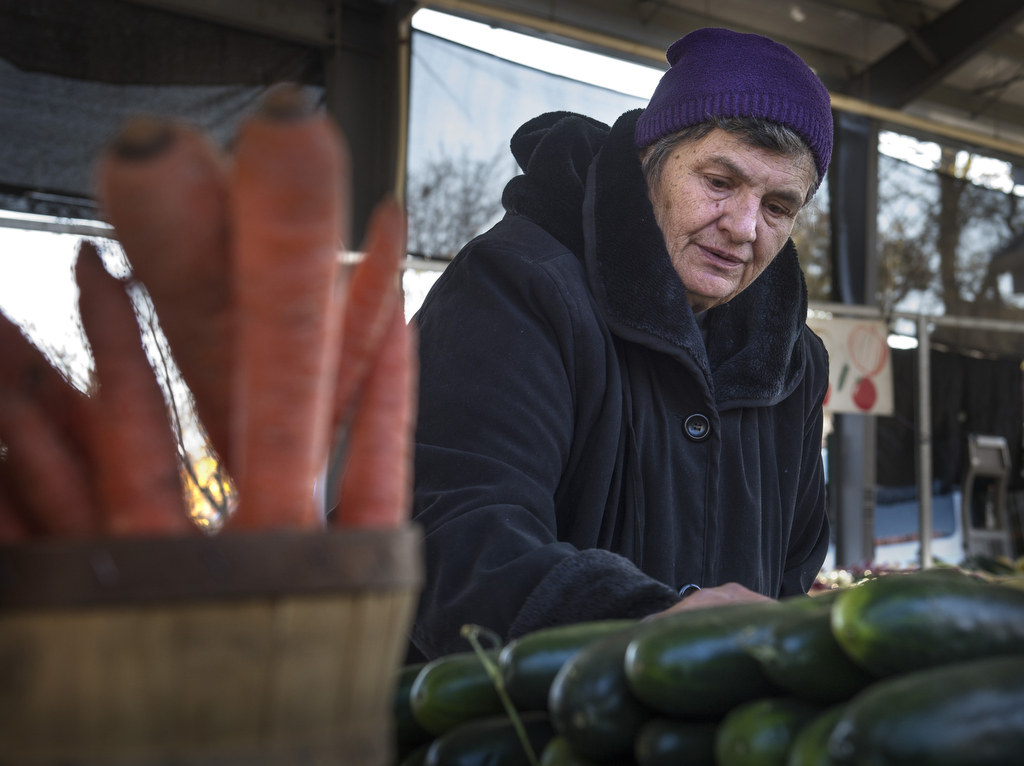
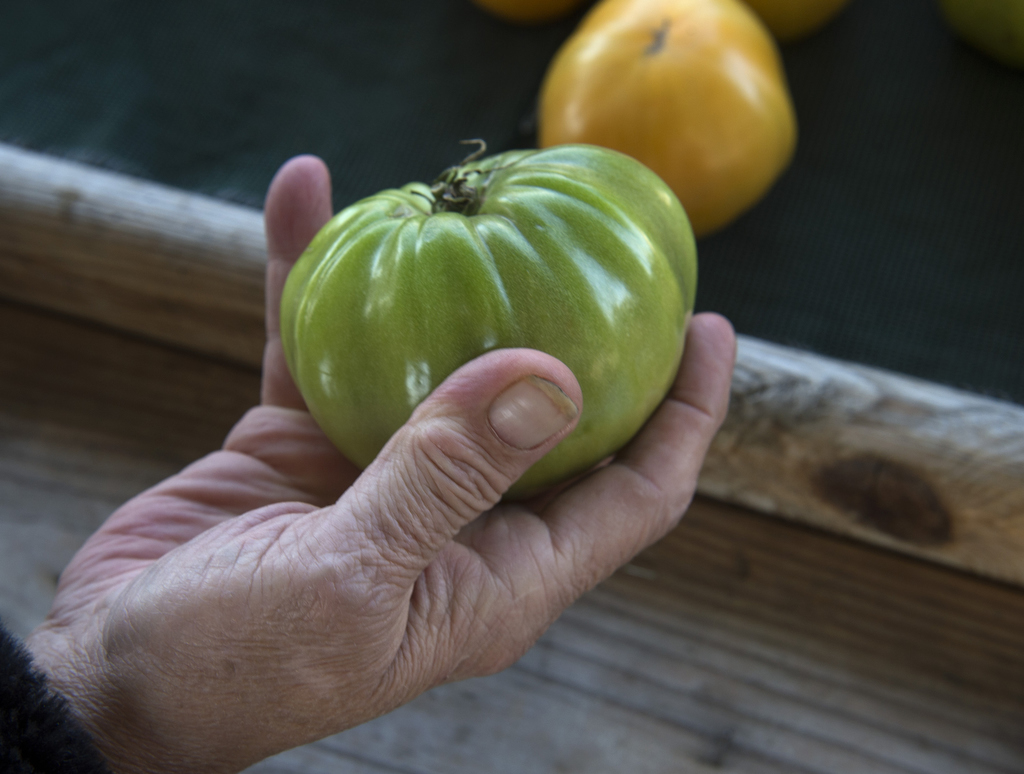

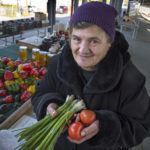


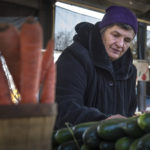



 /a>
/a>
 /a>
/a>
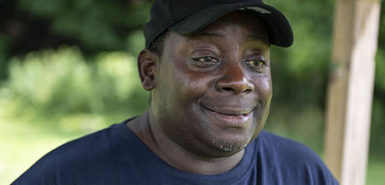 /a>
/a>
I w OK uld like being considered for the program. I have many op f the health issues as the featured party and would appreciate being contacted to join up.
Hi Sandra, Here is the information you’ll need to contact the Core Health Program about the Food Prescription program: 665 Seward Avenue NW
Grand Rapids, Michigan 49504; Phone: 616.391.6135; email:core.health@spectrumhealth.org
Best wishes to you! 🙂